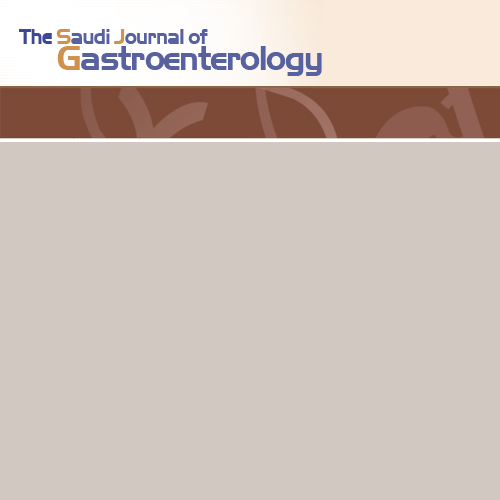Summary
Background/Aims
Around 101,000 individuals are estimated to be viremic for chronic hepatitis C virus (HCV) in the Kingdom of Saudi Arabia (KSA) in 2014; however, only about 20% have been diagnosed. We aim to assess baseline epidemiology, disease burden, and evaluate strategies to eliminate HCV in KSA.
Materials and Methods
The infected population and disease progression were modeled using age- and gender-defined cohorts to track HCV incidence, prevalence, hepatic complications, and mortality. Baseline assumptions and transition probabilities were extracted from the literature. The impacts of two scenarios on HCV-related disease burden were considered through increases in treatment efficacy alone or treatment and diagnosis.
Results
In 2030, it is estimated by the base scenario that viremic prevalence will increase to 103,000 cases, hepatocellular carcinoma (HCC) to 470, decompensated and compensated cirrhosis cases to 1,300 and 15,400, respectively, and liver-related mortality to 670 deaths. Using high efficacy treatment alone resulted in 2030 projection of 80,700 viremic cases, 350 HCC cases, 480 liver-related deaths, and 850 and 11,500 decompensated and compensated cirrhosis cases, respectively. With an aggressive treatment strategy, in 2030 there will be about 1,700 viremic cases, 1 HCC case, about 20 liver-related deaths, and 5 and 130 cases of decompensated and compensated cirrhosis, respectively. Delaying this strategy by one year would result in 360 additional deaths by 2030.
Conclusions
HCV in KSA remains constant, and cases of advanced liver disease and mortality continue to rise. Considered increases in treatment efficacy and number treated would have a significantly greater impact than increased treatment efficacy alone. The projected impact will facilitate disease forecasting, resource planning, and strategies for HCV management. Increased screening and diagnosis would likely be required as part of a national strategy.

